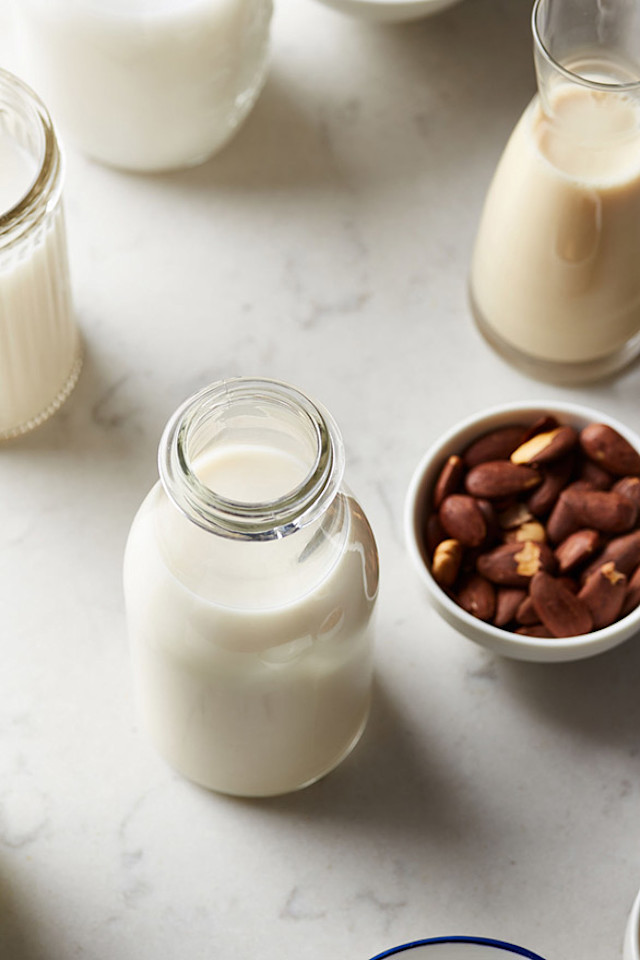How it impacts your workouts, the environment, and more
In Cost-benefit analysis, experts explain whether the pros of widely adopted health trends outweigh the cons—or vice versa.
The trend: Almond milk, the most popular type in the non-dairy set
The costs: If you’re drinking it in lieu of other plant-based options, you’ll miss out on nutrients. Unsweetened soy milk has about 80 calories and six grams of protein per cup; you’ll find about 120 and three, respectively, in the same amount of oat milk. Choose almond, though, and you’ll get just 40 calories and a lone gram of protein.
In fact, almond milk is not much better for the body than water is, says Dana Hunnes, RD, Ph.D., adjunct assistant professor at the UCLA Fielding School of Public Health.
The nuts themselves are full of important vitamins and minerals such as E, copper, magnesium, and manganese, but the milk actually contains very few. “It's mostly made of water and thickeners,” says Ryan Andrews, RD, Norwalk, Connecticut-based author of A Guide to Plant-Based Eating. Some offerings get a boost with synthetic vitamins, he adds, but they’re not processed in the body the same way that natural ones are.
Though chocolate milk is lauded as the perfect post-workout drink, that’s not true even of flavored almond varieties. It’s simply too empty of nutrients to help you recover between intense sessions.
The benefits: While you may have heard an oft-cited environmental stat—that you need one gallon of water to grow a single almond—it takes just as much H2O (about 300 gallons) to make one gallon of either almond or soy milk, Hunnes says. Both types are better from a water conservation perspective compared to cow’s milk, which calls for a thousand gallons per gallon of final product.
The final analysis: Aside from hydrating you, almond milk won’t do you any good when it comes to strength-building, recovery, and overall performance. For those benefits, the experts suggest drinking eight to 16 ounces of soy milk (chocolate or plain) in the 30 minutes after your workout.
If you do go for almond, choose a brand with a higher nut-to-water ratio, such as Elmhurst, Andrews suggests. Better yet, make your own by soaking almonds overnight, blending them, and squeezing out the liquid to yield more health benefits.
